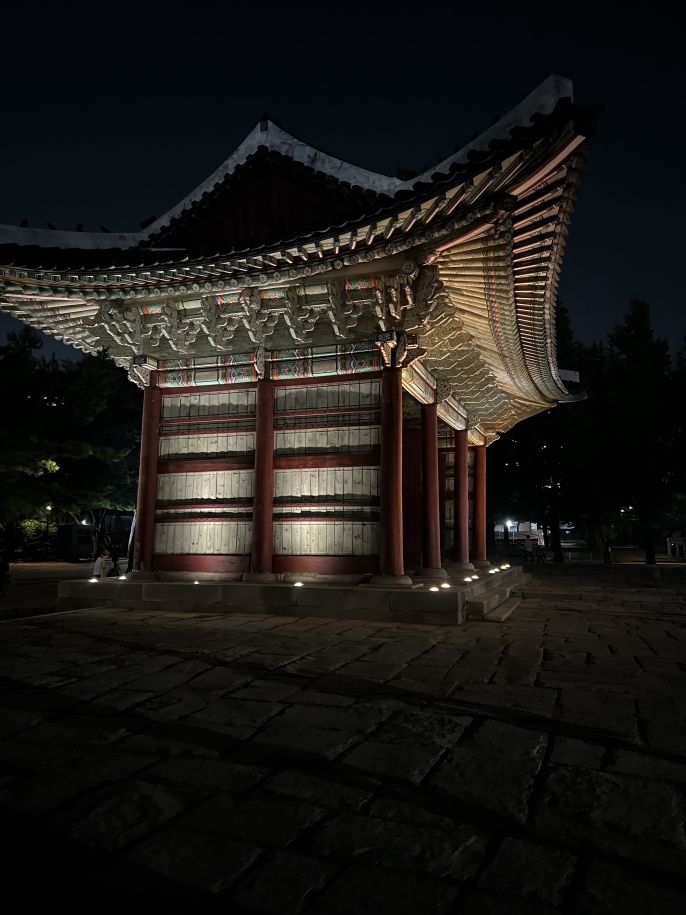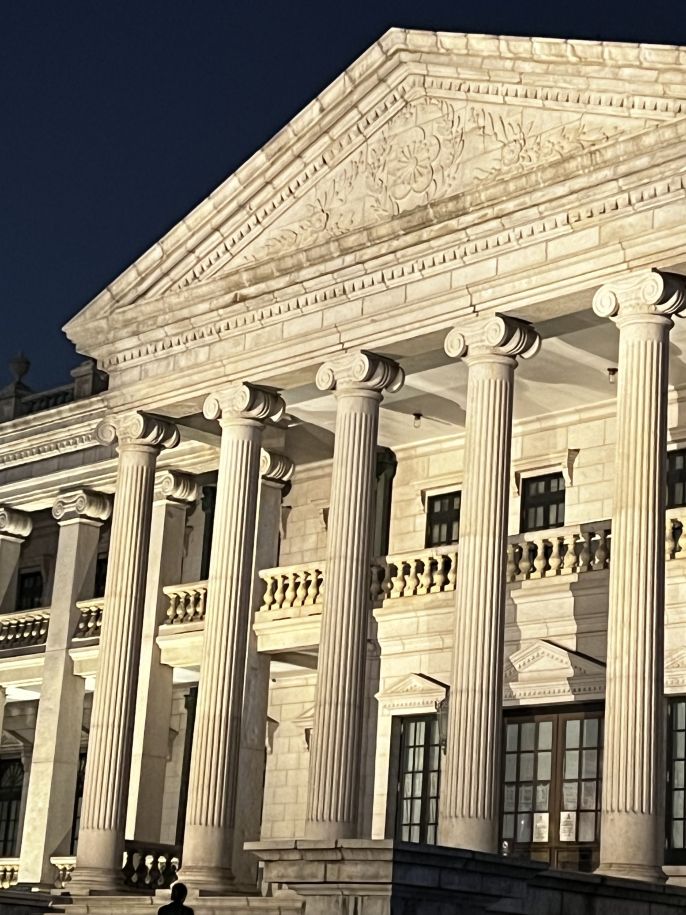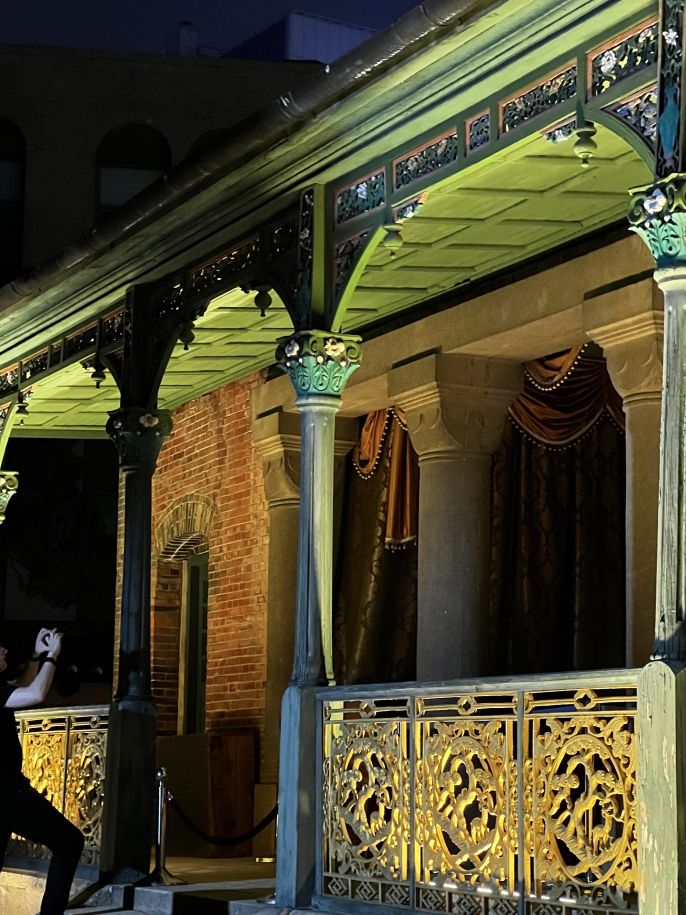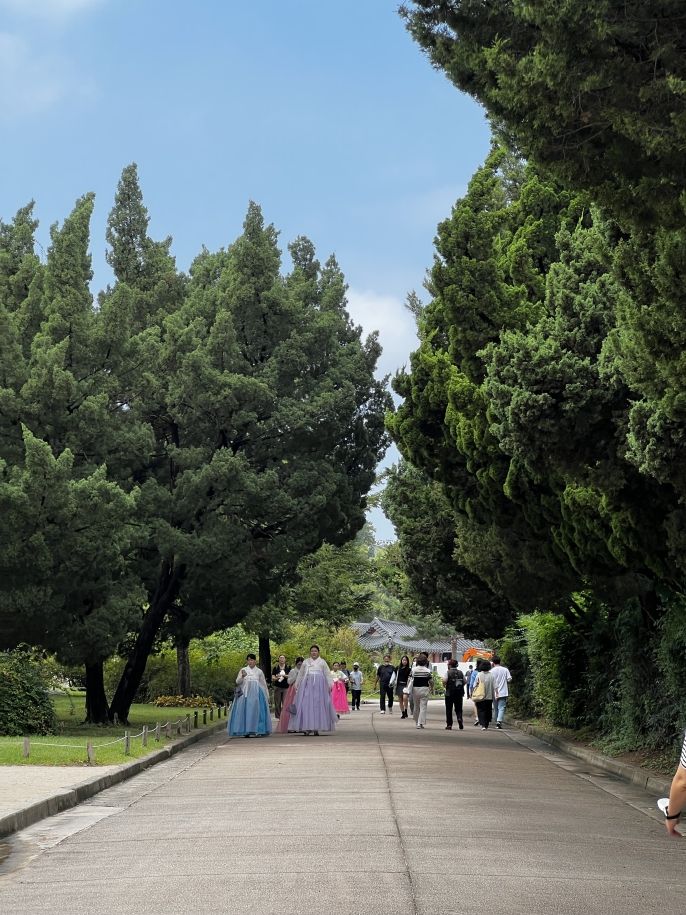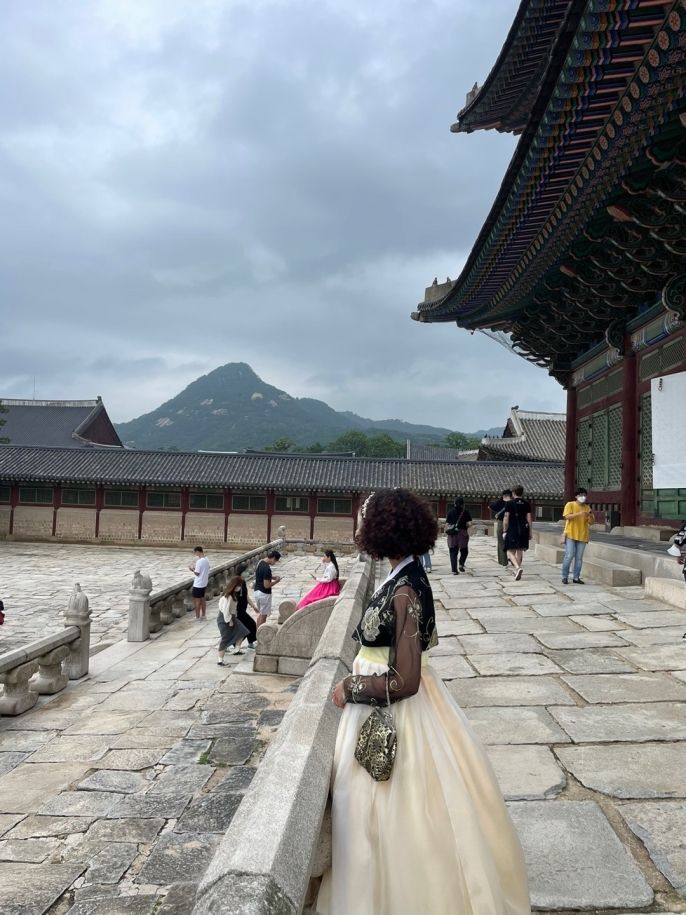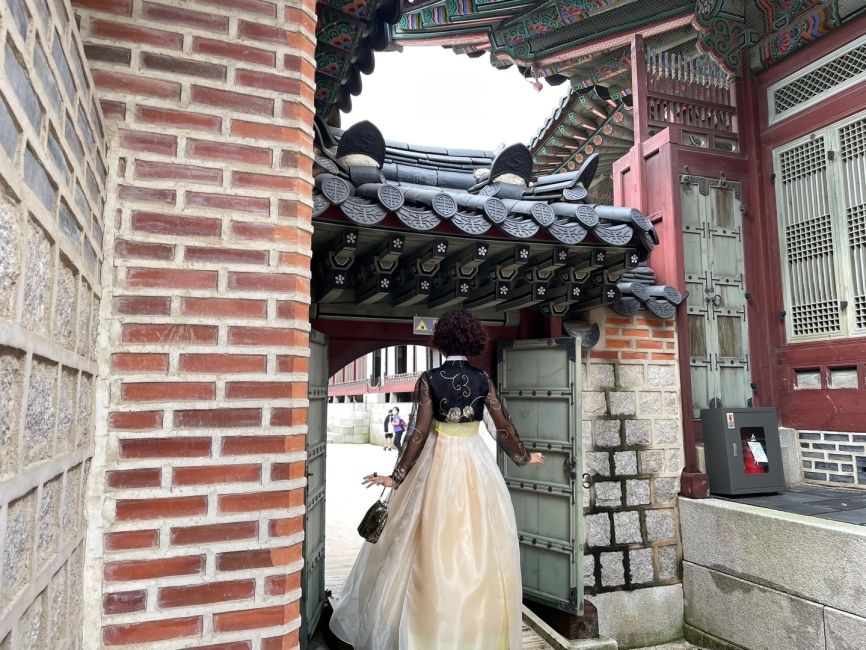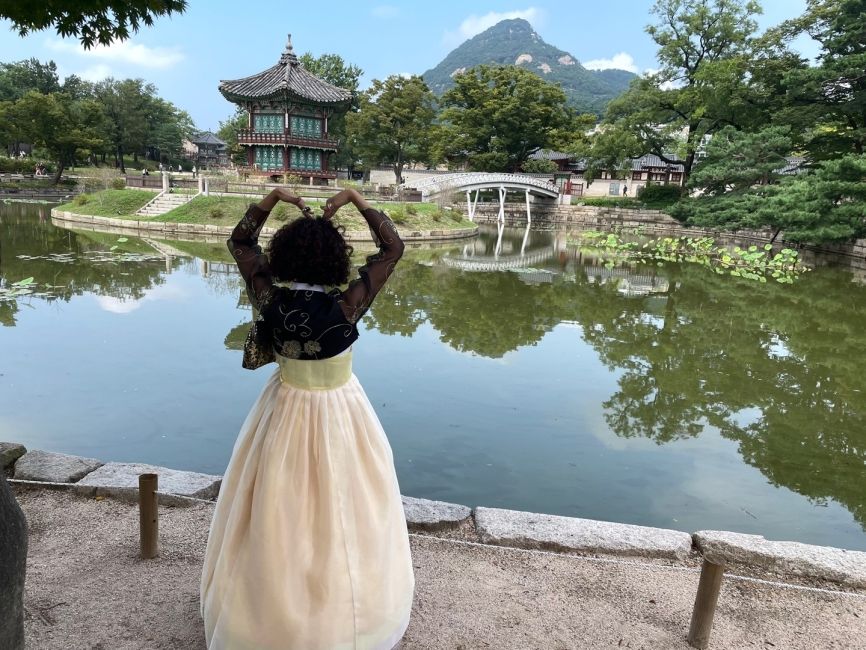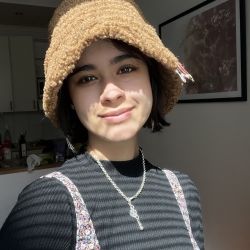The Grand Palaces in Seoul and Their History
It is only obvious that exchange students should dedicate a considerable amount of time getting familiar with the place they newly call home and exploring all of the wonders the place has to offer. Not only is it part of the experience, but I like to think that by doing so, you are paying respects to the centuries of history and culture that has now led to present-day "home". Wherever you are, there is so much that went into this place even existing on the map, and I think it is important to educate yourself on such matters or even just make an effort to understand and reflect on what still stands today. Afterall, it is never the case that you are losing out by visiting historical, religious, or cultural sights - you never even know when you'll be back again!
I am not even close to visiting everything I would like to have visited by the end of my stay here in Seoul, but I felt quite inspired after yesterday's Deoksu Moonlight Palace Tour which was organized by the wonderful CIEE staff here. I will also be talking about the main palace in the center of Seoul, Gyeongbeokgung, which was also organized by CIEE and was led by other college students from YECCO (check out their instagram @yecco_official). YECCO is an organization that consists of Korean university students volunteering as tour guides, and of course, every single person I have connected with here was an absolute sweetheart. Not only will they tell you everything you need to know about the places you are visiting but they will also talk to you about life in South Korea, answer any questions you have (thanks Yeoone for the jjampong recommendation!), and give you a multitude of tips to get around in Seoul! Now alas, let me briefly talk about the grand palaces in Seoul in hopes that you will visit sometime...
Deoksu Palace
As previously mentioned, I just recently visited Deoksu Palace so I still feel as if everything is very vivid in my memory which explains the depth in which I will be covering. A pleasant surprise upon arrival to the Palace was that entry was free; the last Wednesday of every month means free entry to Deoksu Palace so mark your calendars if you need to save up some bucks (you now have no excuse not to visit). I would also like to highlight the rarity of being able to visit historical sites after sunset and when everything is dark - there's just something about the way the light falls upon every building and artefact and I was reminded of the many historical dramas and all the scenes (surprisingly many) which take place in the palaces at night. But as someone who travels quite often, this stands true for almost any museum or historical site in the world: more often than not, closing times are at 17:00 (5PM). Something about the palaces here always makes me expect a relatively short visit - for some reason the area surrounding the palace always looks much smaller than it really is. My advice to you is to always set aside about two hours to comfortably have looked at everything the site has to offer.
We had a wonderful guide, Brian, who never failed to keep the energy of our group up and was very informative about things and architectural aspects I wouldn't have even thought twice about. There are mutliple buildings, some of which seem very modern and Western compared to the traditional East-Asian palaces, and there is much reason behind that. I would hate to spoil the history behind this palace as I feel that it really added to my experience by finding out while I was physically there, and so I will only disclose some architectural information that I learned yesterday. Upon approaching the main building, which is where the King spoke to his ministers and delegates, there is a stone carpet-like structure on the ground all the way towards the stairs that led up to the actual building. You can think of it as two layers above the actual ground, with the second layer being in the middle. Although it is not very obvious here, refer to the bottom of this picture I took last night:
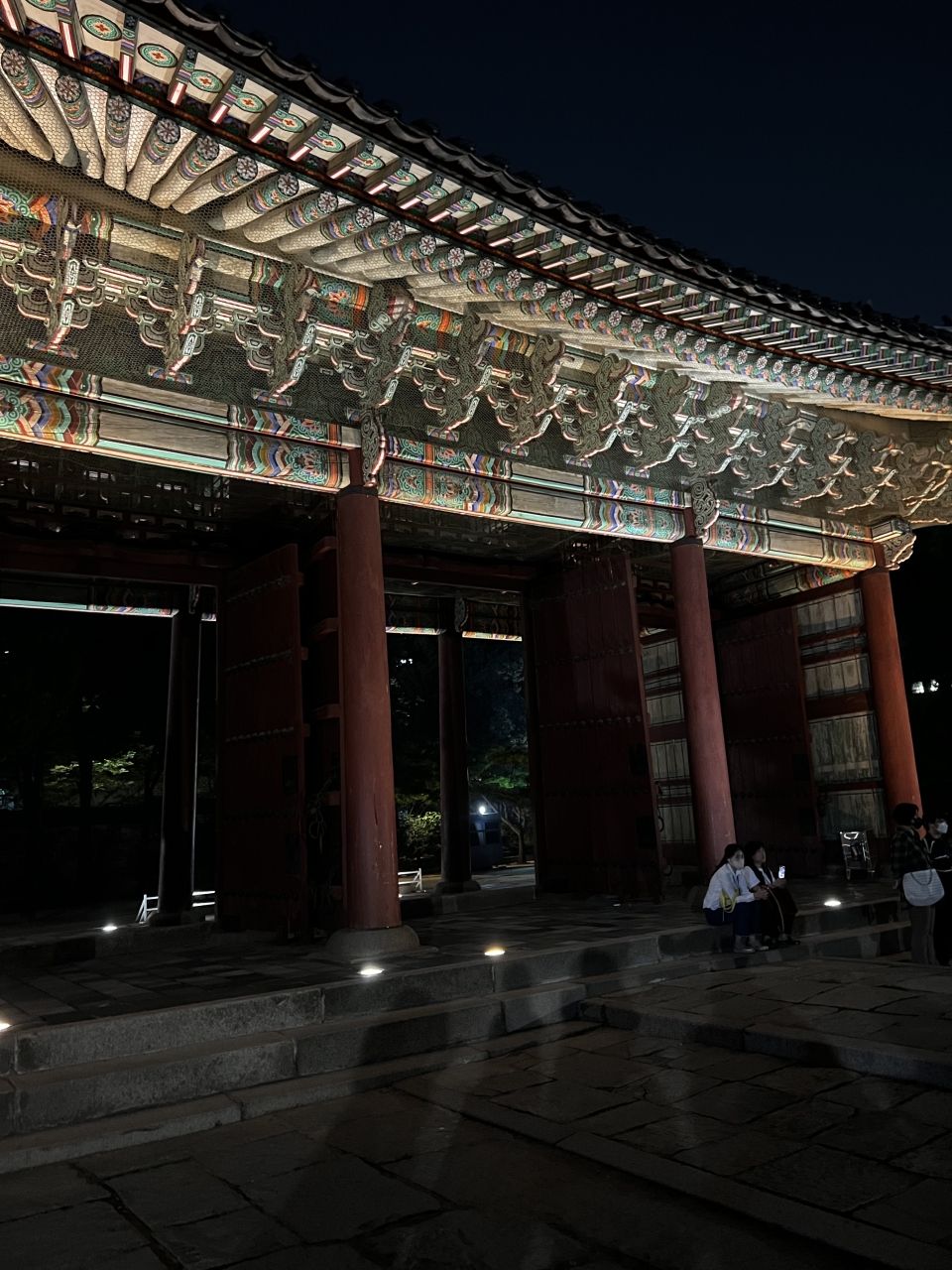
One thing I learned upon my visit to this palace is that even the smallest of details has an intricate and long history behind it, and that is what I find so wonderful about the palaces here. This remains true and consistent for practically any cultural site here in South Korea, so keep your eyes peeled and be sure to ask all the questions that occur to you! Also, a little birdie told me that there was a really good and popular waffle place right infront of you upon exiting Deoksu Palace. What you do with this information is up to your discretion...
The Gyeongbeokgung Palace (Main Palace)
My experience here was on a beautiful and warm September morning, dressed in the traditional Korean Hanbok! If I am corrently informed, you get free entry to the palace if you are dressed in Korean traditional attire which is honestly genius because again, it adds so much to the experience and not just that, but the pictures that you will take are probably much nicer as well due to the fact that the photos will look really harmonized. I mean, shorts and flip flops does not exactly blend in with Joseon-dynasty architecture...
Remeber how I talked about the palaces here loking much smaller than they actually are... yeah this was especially true for me here. I thought that it would take us even less than an hour visiting this but do not be fooled by the layout of everything upon entering the most external gates to the palace. My group ended up spending around 2 hours and a half looking around the huge palace (and taking many pictures of course). The thing about East-Asian architecture is that each room (from a Western perspective) has its own building dedicated to it. To elaborate, the King and Queen each had their own rooms in entirely separate (but proximate) buildings. There was a building for feasting/dining purposes and many other buildings laid out across a huge piece of land which we are so used to seeing within a small area (the same, usually tall, building). So, worry not about your daily steps upon visiting the Gyeongbeokgung for there's not only the Queen's garden, but a huge pond adorned with beautiful bridges and structures as well!
Refer to the gallery on the top of this page for some pictures! I included some of myself with the Hanbok in hopes that you understand what I meant earlier by saying that the pictures you take will simply look less clashy...
Related Posts
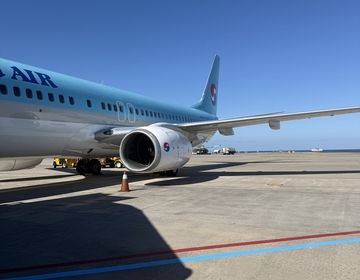
Soul Searching in Seoul: Everything I Learned and What I Wish I Knew
Before I start crafting my “study abroad changed me” answers for friends and family, here are the practical things I wish I’d known. The things that would’ve saved me time... keep reading
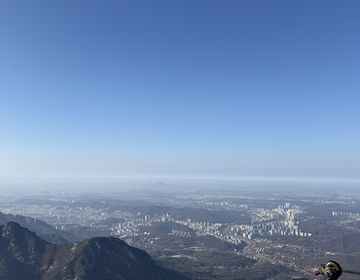
A Seoul Escape to Bukhansan
Get out of the hustle and bustle of Seoul and head to the peak of Bukhansan!
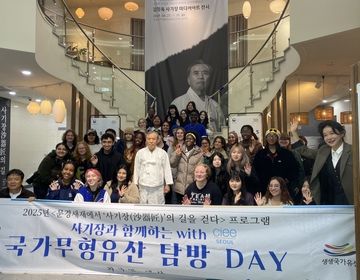
My Time in South Korea Attending Yonsei University: A Life-Changing Chapter
By: Zahrraa Al-Salman Studying abroad had always been a dream of mine—an opportunity to step outside of my comfort zone, immerse myself in a new culture, and deepen my understanding... keep reading
